It is that time of the year again – everyone is on the hunt for the perfect homeschool curriculum for the upcoming Fall term. Well, I don’t have the “perfect” curriculum (because every child is different and every homeschooling parent teaches differently so the combinations of successful homeschooling are endless – literally endless!) but it is nice to glimpse into other homeschool days to see what others do. You never know when a change might be in order or you will stumble upon that “perfect” curriculum to fit into the gap you’ve been struggling to fill.
2018-2019 has been a crazy year for our family. Our 10 year old suffered a brain injury last July which made me even more grateful for my tendency to plan way ahead for homeschool. By this time every summer, I have all our books picked and purchased and I usually have the whole year of lesson plans typed out in a spreadsheet (yep, I’m almost done with 2019-2020).
If I hadn’t done that last spring our school year might not have gotten started until Smidget came home from the hospital in October. So needless to say I’m big on planning ahead (and planning in general) because come September 2018 we were actually ready to start homeschool on the days I wasn’t at the hospital despite the upset in our normal routine.
For this past school year my kiddos were doing 8th, 5th, and 2nd grades. Since Smidget’s 5th grade books have sat unused I am going to leave those out. If there’s such a time as he’s able to return to doing typical school I’m sure I will have some blogs about homeschooling after a brain injury. So lets take a look at what Booger and Lulu worked on this year and how it changed from the 2017-2018 homeschool year.
The Daily Schedule
I always setup our schedule by day number not Monday-Friday or by date. “Life” happens and we get off a day and everything falls apart, so instead I setup 5-day blocks. If we take a break it is a 5-day block (like for Thanksgiving and Christmas, Spring Break, etc.) This keeps our schedule from becoming muddled. If we take one day during the week off we finish that week on Saturday or sometimes double up. Here in GA we are required to do 180 days of school – we do 165 to 170 days of book work and the rest are our field trip and special project days. On any given week this is a simple version of what our schedule looks like:
8th Grade
| Day 1 | Day 2 | Day 3 | Day 4 | Day 5 |
|---|---|---|---|---|
| Math English History Bible Reading Vocabulary Science |
Math English History Bible Reading Science |
Math English History Bible Reading Science |
Math English History Bible Reading Science |
History Bible |
2nd Grade
| Day 1 | Day 2 | Day 3 | Day 4 | Day 5 |
|---|---|---|---|---|
| Math English Bible Spelling Reading Science |
Math English Bible Spelling Reading Science |
Math English Bible Spelling Reading Science |
Math English Bible Spelling Reading |
English Bible Spelling Test Science Activities |
Homeschool Curriculum We Used This Year
So I’ll go into what we use for each subject. I don’t have photos of some of Lulu’s books because she was pretty quick to throw the finished consumable workbooks into the recycling ^___^
Math
8th grade: Teaching Textbooks Pre-Alegbra
2nd grade: Teaching Textbooks Math 3
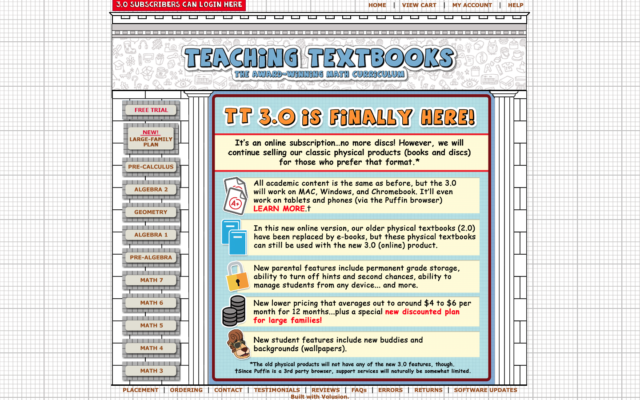
This year we changed from the disc/workbook Teaching Textbooks over to Teaching Textbooks 3.0 which is all online. There were no disks to worry about becoming scratched or unusable. At first, I was concerned if we had internet outages that doing an online program might be an issue, but my worries never came to fruition. There were a few glitches where we had to log out then log back in, but those were minimal. Overall I really like the online version. I can log in from my computer and check their grade book anytime without interrupting them on our school computer (which they share and have had to learn to manage their time on) which is really nice. The grade book shows a lesson breakdown and you can see how many problems they did (or didn’t do) if they used their second chance, and the overall grade. You can also delete individual problems for them to redo or the entire lesson.
English/Language Arts
8th grade: BJU Writing & Grammar 8
2nd grade: BJU English 2
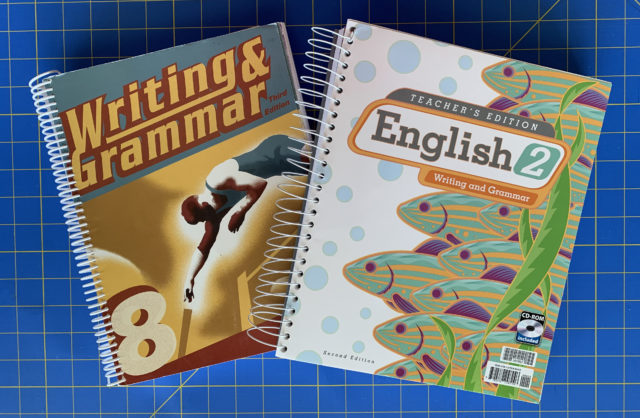
I really love BJU Writing & Grammar courses for levels 2nd – 12th. They alternate between grammar chapters and writing chapters, so they get exposure to both in one book. The elementary levels have one page (front & back) as the daily lesson. Secondary levels have more pages each day, but are not an overload. Most days my kids do not need instruction or a lecture from the teacher’s edition. Their lessons have a very thorough section at the beginning that covers what is new that day. Lulu went into English 2 from Explode the Code last year with no trouble at all.
Spelling/Vocabulary
8th grade: BJU Vocabulary A & BJU Vocabulary B
2nd grade: Building Spelling Skills Grade 2
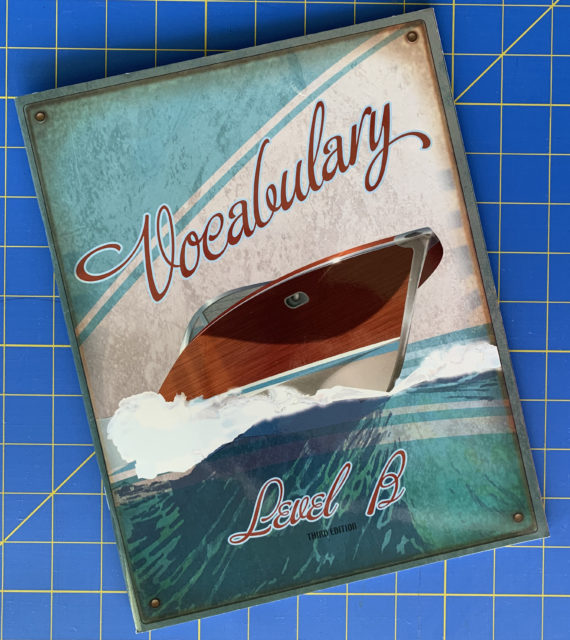
BJU Vocabulary workbooks are very short with 15 lessons each. We did 1 per week so he went through 2 workbooks this year. I’m not sure that is how the publishers intended it to be done, but it works for us.
Building Spelling Skills is a great and affordable (~$12 for the whole year including the teacher’s answer key) spelling curriculum. My older boys both used it and liked it, but this one has been Lulu’s least favorite subject. She’s great at spelling, but something about these lessons just irked her and she dreaded it all year. Next year we are trying something new and we will see how it goes.
Reading
Teacher Created Resources Daily Reading Warm-Ups: Grade 8 & Grade 2
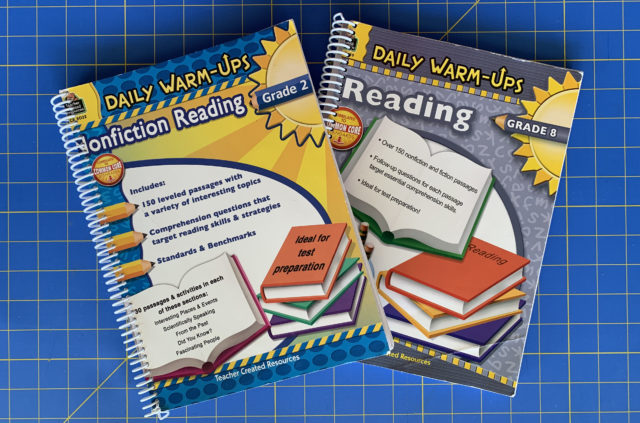
These workbooks are great for reading comprehension! Daily Reading Warm-Ups have a short passage to read about all kinds of various topics then 3-5 questions to ensure they understand what they read. They have fiction and non-fiction passages. It is worth noting these are secular books (no religious content) but they are age appropriate. We don’t use these as consumable (I don’t let them write in it), instead I make answer sheets for them to put their answers in.
Bible
8th and 2nd grades: BJU Bible Truths
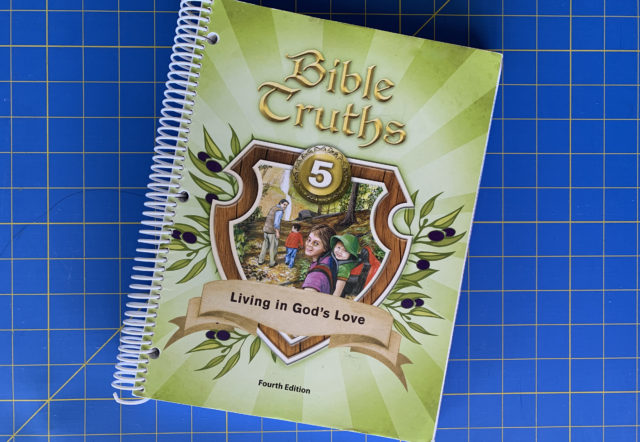
Again I love BJU here because the lessons are short and sweet, with just enough “meat” for thought. The lessons are 1 sheet, front and back. Their illustrations are colorful and the elementary levels have some fun craft projects for reinforcement.
Science
8th grade: Applied Engineering
2nd grade: God’s Design for Life
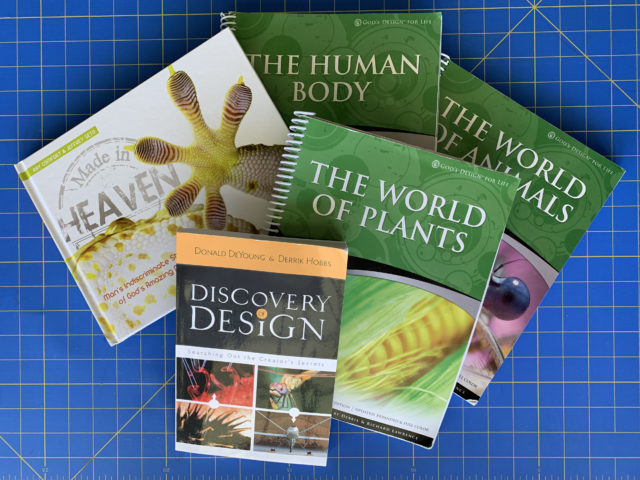
Kids often thrive when they can pick something to study they are interested in. This year I let Booger pick another science that he wanted to do and he chose Applied Engineering from Master Books. They have handy teacher’s guides that have lesson plans, worksheets, and quizzes to use with the textbooks for the subject.
God’s Design for Science has 4 sets of books and we rotate them as each of the kids are coming up through elementary and into middle school and if there’s more than one kid who needs it we do these together as a group. This year we did the green set which is God’s Design for Life (Human Body, Animals, and Plants) and our family favorite.
History
8th grade: BJU American Republic
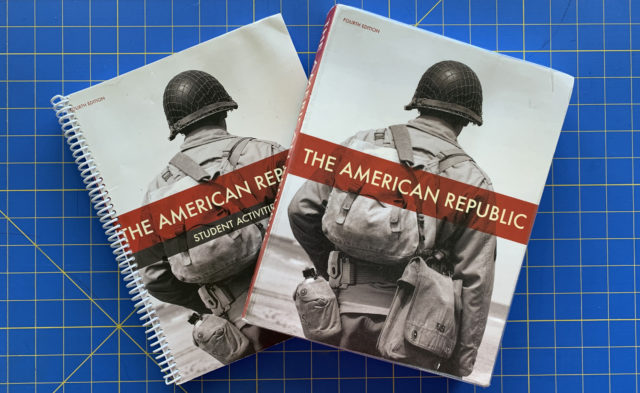
Booger is a huge WWII and American History fan so he really enjoyed American Republic this year. Many days I had to threaten to take the book away because he was reading the text instead of doing his other subjects. This is a very in-depth course with a huge textbook and an activity workbook for reinforcement.
What we didn’t do this year
This year we omitted a few things that Booger and Lulu didn’t need to work on such as handwriting and typing. I also didn’t do a specific history/social studies with Lulu this year. I’ve learned that unless younger kids are really into history going in-depth with them at a young age is mostly fluff and they rarely remember all the details. History is often best saved for middle and high school ages where they can better remember dates and facts. That being said she will definitely be doing a social studies curriculum next year to gain a more civic awareness.
Check back soon to see what we have planned to use this fall for 2019-2020!
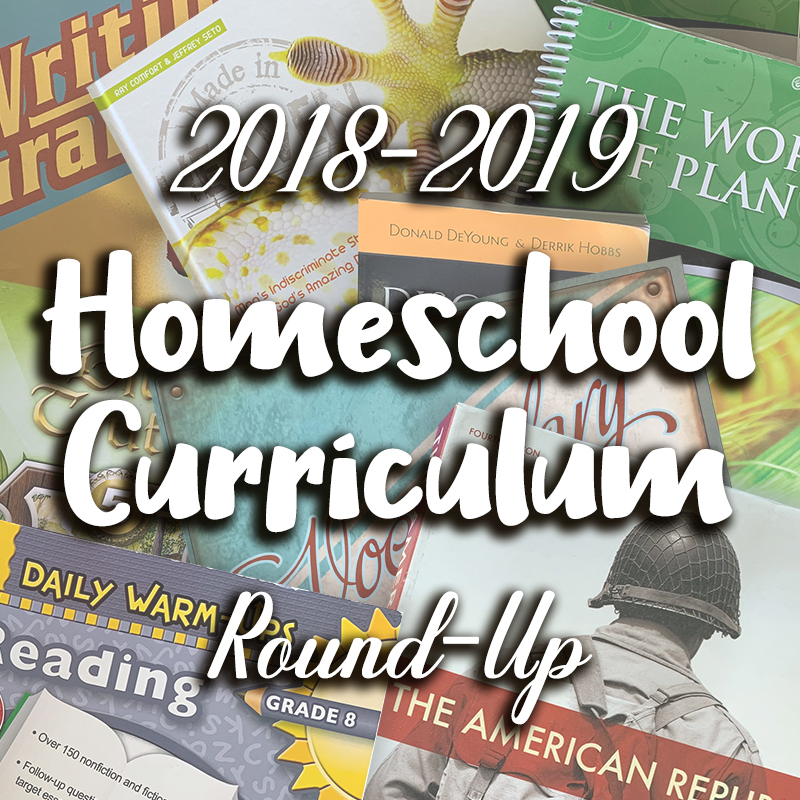
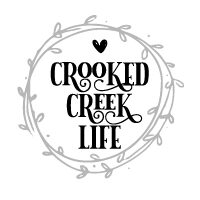


0 Comments for “2018-2019 Homeschool Curriculum”